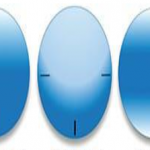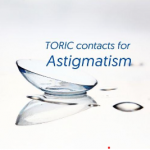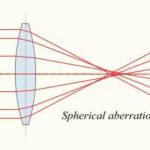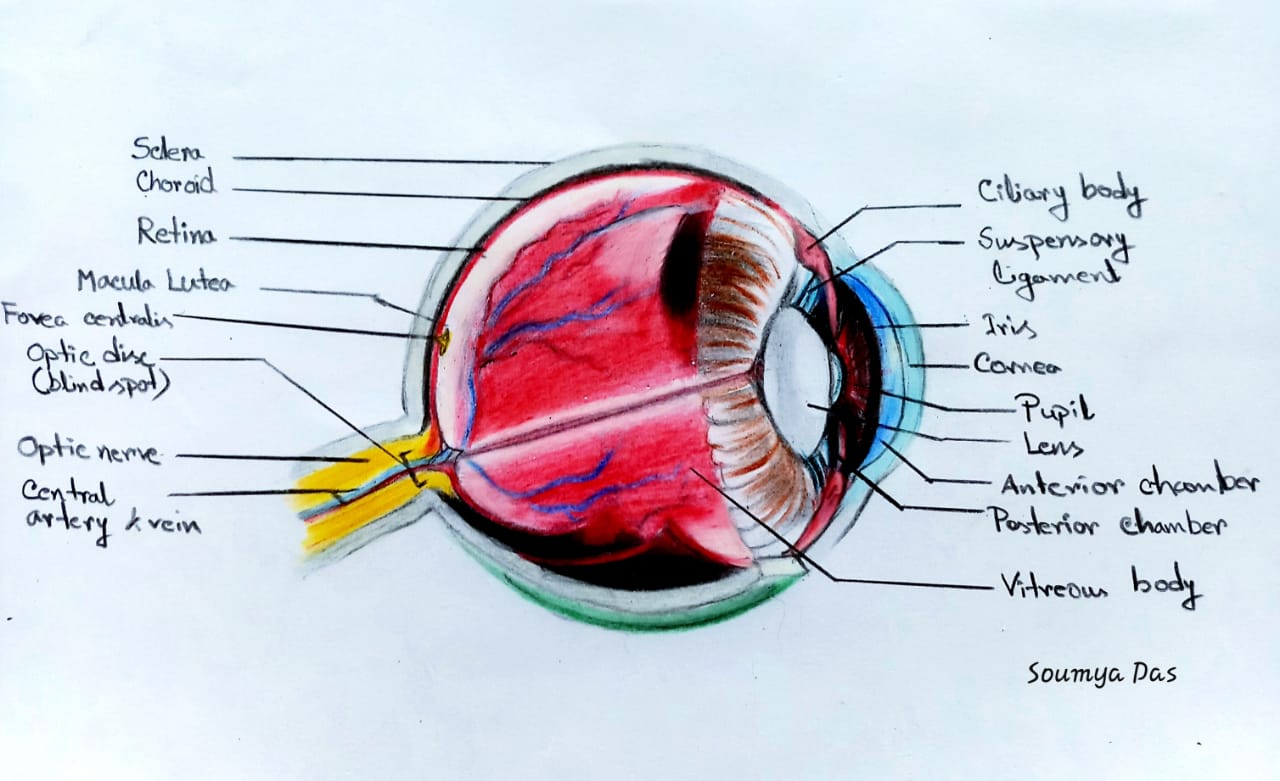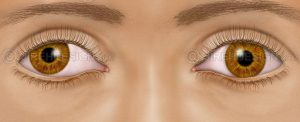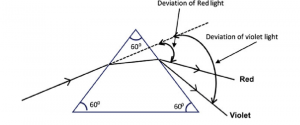Aspheric lenses have non-spherical shapes, and have a more complex front surface,
such as ellips, parabola, hyberbola, as well as toric which resembles a section of the
surface of a rugby ball or a doughnut.
In this page, we are going to cover how conventional spherical lenses work and the
advantages of aspheric lenses.
What is the benefit of aspheric lenses?
An aspheric lens is designed with less curvature than its traditional counterpart. Think:
flatter and thinner. In both farsighted and nearsighted prescriptions, aspheric
lenses provide a slimmer profile and minimize eye distortion without
compromising optical quality.
What are the disadvantages of aspheric lenses?
There are a few downsides to aspherical lenses. The main issue is their cost since
they take more effort to manufacture. These lenses may also require reflective
coatings that traditional lenses do not, and they require accurate measurements of your
pupillary distance
NOTE:
In contrast, aspheric lenses are rotationally symmetric, with one or improves
how aberrations are corrected, so light rays are refracted on a more
accurate point on your retina.
What is the difference between aspheric and non aspheric
lenses?
Conventional lenses have a front surface that is spherical, meaning it has the same
curve across its entire surface, much like a baseball. Aspheric lenses, on the other
hand, have a more complex front surface that gradually changes in curvature
from the center of the lens out to the edge.
When should we use aspheric lenses?
Lenses with an aspheric front are the best choice in cases of
severe nearsightedness or farsightedness. People with a large
pupil diameter should also use this type of lens.
Who needs aspheric lenses?
When you have a strong prescription or you experience dramatic refractive
errors. Dramatic refractive errors mean you have significant problems with the way light
focuses on your retina, which means you'll need stronger corrective measures.
Do aspheric lenses make your eyes look
bigger?
Aspheric lenses
For those with higher prescriptions an aspheric lens design can help prevent
unwanted magnification. Aspheric lenses are typically High Index lenses that are
made with much flatter curves. This slimmer design reduces magnification and
improves comfort and vision.
Aspheric Intraocular Lenses (IOLs)
If you have cataracts that obscure your vision, you are likely to be
recommended for cataract surgery. This process removes the natural
lens of your eye and replaces it with an artificial lens, called
an intraocular lens (IOL).
For some people, these lenses can lead to refractive errors even
when one did not exist before. This is because they do not refract
light as well as a healthy natural lens. It can be difficult to predict
how serious the refractive error will be because cataract surgery does
not involve mapping the cornea, which refracts light too. If there is a
shape change on the cornea, a refractive error can also develop.
Some surgeons offer aspherical IOLs to offset potential refractive
errors. A study measured preoperative corneal topography. Then,
doctors chose an aspherical IOL based on the existing corneal
aberrations, so that the sum of the two values was as close to zero as
possible. While some surgeons are skeptical about the precision of
aspheric IOL manufacturing measurements, approaching cataract
surgery in this way can improve visual acuity outcomes for many
people.
Can anyone wear aspheric contact lenses?
This type of lens provides better vision in some, but not all people. To find the right
lens for you, your optometrist will assess your eyes and decide whether aspheric
contact lenses are recommended. In general, people with prescriptions between +3 and
-6 are unlikely to benefit from aspheric lenses.

